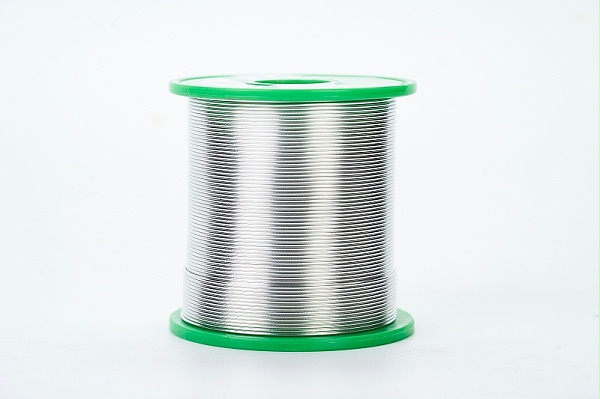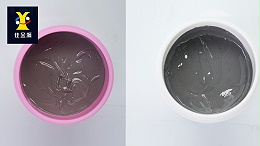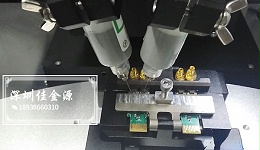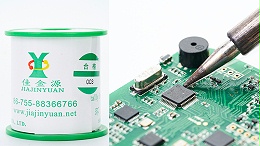
Solder wire plays an important role in the electronics industry. It is widely used to connect components on circuit boards, such as resistors, capacitors and integrated circuits. Solder wire can provide a reliable connection and ensure the smooth conduction of current. In the manufacturing industrySolder wireSolder wire is used in the production of electronic products, automotive parts and other precision equipment. Besides, it is also a commonly used tool for repairing wires and cables. When wires break or connections are unstable, solder wire can be easily used to repair and restore electrical connections. Today, the solder wire manufacturer will talk to you about some skills and precautions needed for the correct use of solder wire!

First of all, the preparatory work is very important. Make sure the working area is clean and tidy. Check whether the welding equipment and tools are working properly, such as welding guns, welding stations and soldering stations, etc. Secondly, keep the surface of the solder wire dry, clean and smooth. This can ensure the good electrical conductivity and melting performance of the solder wire.
Before carrying out welding, it is also crucial to understand the materials and processes required for welding. Different materials and processes may require different types and specifications of solder wires. For instance, when soldering electronic components, thinner solder wires are generally used to ensure the accuracy and fineness of the soldering points. However, when soldering larger metal parts, thicker solder wires are required to provide sufficient soldering strength and stability.
Temperature control during the welding process is also crucial. Solder wire needs to be heated to an appropriate temperature to melt and form a connection. Excessively high temperatures may cause the solder joints to overheat, damaging the workpiece or resulting in welding defects, while excessively low temperatures may lead to unstable solder joints and unreliable connections. Therefore, it is very important to control the heating temperature and time according to the type of solder wire and the requirements of the workpiece. Appropriate temperature control can be ensured by using a welding thermometer or adjusting the parameters of the welding equipment.
In the actual welding process, mastering the correct welding skills is also indispensable. First, gently touch the solder wire to the workpieces to be connected and maintain a stable welding posture. Then, wait for the solder wire to melt and spread on the surface of the workpieces to form a solder joint. Make sure that the weld points are uniform, firm and free of obvious cracks or voids. After the welding is completed, wait for the weld points to cool down and avoid touching the hot weld points.
When using solder wire for welding, safety is always the top priority. Please ensure that you work in a well-ventilated environment to avoid inhaling harmful welding fumes. At the same time, wear appropriate protective gloves and glasses to prevent rosin splashes from causing harm to the skin and eyes.
In conclusion, solder wire is an indispensable consumable in the welding process and has a wide range of applications, especially in the electronics and manufacturing industries. By choosing the appropriate type and specification of solder wire and mastering the correct usage method and welding skills, you can achieve excellent results in your welding work. Remember that safety comes first and follow the correct operation steps. Enjoy the sense of achievement and creativity that welding brings!
The above is a relevant introduction to the correct usage of solder wire. If you need to know more about the products, welcome to follow JJY Solder Wire Factory and leave an online message to interact with us!



